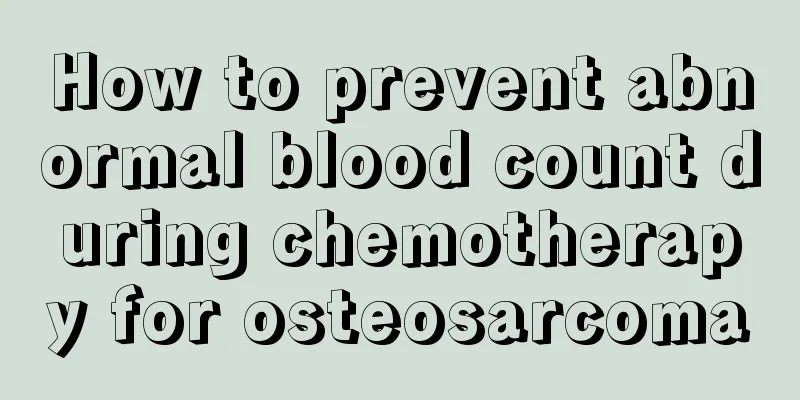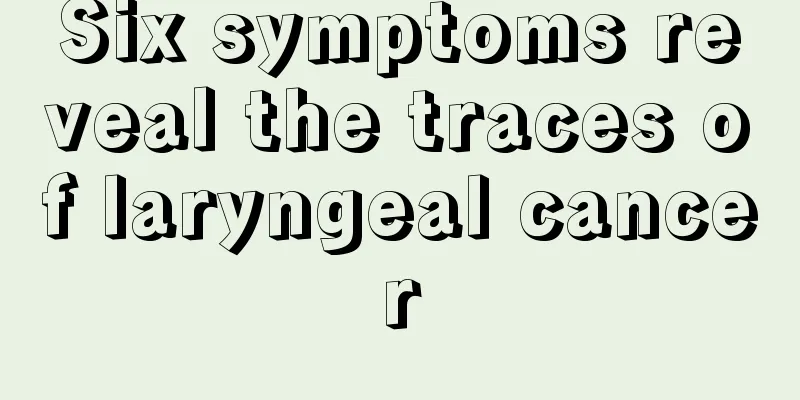Low cardiac troponin

|
Many people don’t know what cardiac troponin is. Cardiac troponin is actually a regulatory protein for the contraction of myocardial muscles in our human body. It plays an important role inside the human body. But sometimes cardiac troponin will change, either low or high. So what should we do if cardiac troponin is low? Today I will tell you what to do if your cardiac troponin is low. cTn is composed of three different gene subunits: cardiac troponin T (cTnT), cardiac troponin I (cTn I) and troponin C (TnC). Troponin T (TnT) has a molecular weight of 37KD and is the binding subunit of tropomyosin. There are three isoforms: skeletal muscle troponin T (sTnT) includes fast skeletal muscle type and slow skeletal muscle type, in addition to cardiac muscle type. Most of cardiac troponin T (cTnT) exists in the form of CTI complexes on the filaments, and 6%-8% exists in the free form in the myocardial cytoplasm. Because the genes encoding cTnT and skeletal muscle TnT are different, cTnT is not expressed in skeletal muscle. cTnT was 40% heterologous to the two skeletal muscle isoforms. The cTnT molecule is stable, hydrophilic, and has good reactivity with specific antigenic determinants. The monoclonal antibodies currently used are capture antibodies and labeling antibodies specific to the myocardium. There are three subtypes of TnI (troponin I): skeletal muscle troponin I (sTnI) includes fast skeletal muscle type and slow skeletal muscle type, which have similar molecular weight (20KD), but there is about 40% difference in amino acid sequence between the two; the third is the cardiac muscle type. There is also a 40% difference in the amino acid sequence between cardiac troponin I (cTnI) and the skeletal muscle type. However, the amino terminal of human eTnI has 31 more amino acids than sTnI, making it molecular The weight reaches 22KD. This unique sequence gives it high myocardial specificity and helps to prepare the corresponding monoclonal clone. cTn exists in myocardial cells in the form of cTnI-CT complex and free cTnI. After being released into the blood circulation when the myocardium is damaged, cTnI-CT can be further decomposed into cTnI-C complex and free cTnI. Therefore, in addition to cTnI CT and free cTnI, there is also cTnI-C in the blood circulation, and cTnI-C is its main form in the blood. Its metabolites are excreted from the body by the kidneys. TnC has a molecular weight of 18KD and is a Ca binding subunit, with each molecule binding 2 Ca. The structure of TnC in cardiac and skeletal muscle is the same. |
<<: How to make the pan non-stick?
>>: Clinical significance of myocardial enzyme spectrum
Recommend
What tests are done to diagnose early lung cancer
Early stage lung cancer is a hidden disease, and ...
The consequences of getting out of bed early due to pelvic fracture
A fracture is a break or shattering caused by ext...
What medicine is the best for small cell lung cancer
Small cell lung cancer is a type of bronchial lun...
What are the causes of lymphoma and how to prevent it in life
What are the causes of lymphoma? How can we preve...
What are the symptoms of myocardial damage?
Myocardial damage is actually a very common heart...
I have a headache after taking a shower
People in the south take a bath every day, and th...
Abnormal sperm ratio
The proportion of abnormal sperm is relatively lo...
Can cakes cause liver cancer? Eating too much of these four kinds of cakes can easily lead to liver cancer
Delicious cakes are irresistible temptations, but...
How much TSH should be given for hemisection of thyroid cancer?
There is no clear clinical regulation on how much...
Is it possible to preserve the fertility of lung cancer patients?
This is the issue that young married patients are...
Coccyx and inguinal groove sweating
Sweating in the buttock groove is often ignored b...
Treatment methods for nerve damage and muscle atrophy
In life, muscle atrophy caused by nerve damage ca...
Can eating peaches reduce milk production?
Peaches have high nutritional value and are very ...
What is the probability of breast cancer
What are the chances of breast cancer? There is n...
Early symptoms of cervical cancer. Know these to keep cervical cancer away from you
Cervical cancer is like a natural enemy to women....









